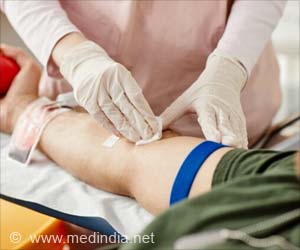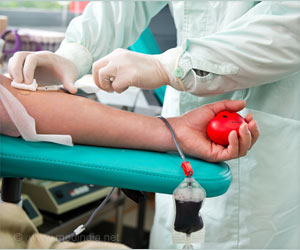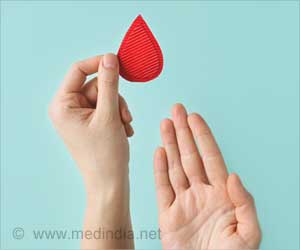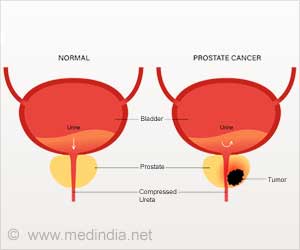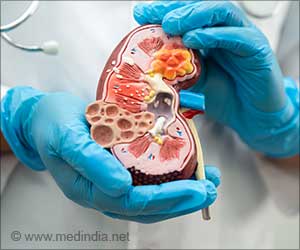Screening donated blood samples using laboratory tests for the presence of infectious disease, can help monitor the progression of an epidemic.

‘Blood donation samples are the new way used to track and estimate collective immunity to infectious diseases.’





Researchers tested 97,950 blood donation samples for immunoglobin G (IgG) antibodies. The samples were collected in Brazil’s eight most populous state capitals: Belo Horizonte, Curitiba, Fortaleza, Manaus, Recife, Rio de Janeiro, Salvador, and São Paulo. The study period ran from March 2020 to March 2021.The results showed that the COVID-19 epidemic spread unevenly, affecting the populations of these cities at different times. Seroprevalence was generally highest among men and younger people.
Early on, some lines of investigation assumed everyone was infected at the same time, but we showed this wasn’t the case. In terms of a portrait of the epidemic, they concluded that it was extremely heterogeneous in Brazil, with different levels of infection between groups and significant variations in lethality rates.
Blood Donation Samples Can Be Used to Monitor Progress of Epidemics
In the study, as well as estimating the attack rate or seroprevalence of the disease over time for the eight cities using blood donation samples, with a breakdown by gender and age, the researchers also estimated the age-specific infection fatality rate (IFR) and infection hospitalization rate for each city.The researchers had 1,000 samples tested per city per month. To make sure the samples were representative, they were selected so that the location of the donors’ homes matched the spatial distribution of the population in the areas concerned.
IgG antibodies against the SARS-CoV-2 nucleocapsid (N) were detected by chemiluminescent microparticle immunoassay because this was the only automated kit commercially available in Brazil when the study started (July 2020).
Advertisement
Shortly after the study was published, there was a second wave of COVID-19 in Brazil. At the time, many people thought there wouldn’t be reinfection.
Advertisement
The results showed that the attack rate in December 2020, before the gamma variant become predominant, ranged from 19.3% in Curitiba to 75% in Manaus. Seroprevalence was consistently lower among women and donors over 55 years of age.
The infection fatality rate (IFR) also varied among the cities, ranging from 0.24% in Manaus to 0.54% in Curitiba, and the age-specific IFR rose consistently with age. This approach corrected the effect of under-reporting, particularly in 2020 when testing was not widely available.
Increased penetration of COVID-19 and the inability of the Manaus health system to cope with the influx of cases led the IFR associated with gamma to reach a level at least 2.91 times higher than in the first wave.
Source-Eurekalert


